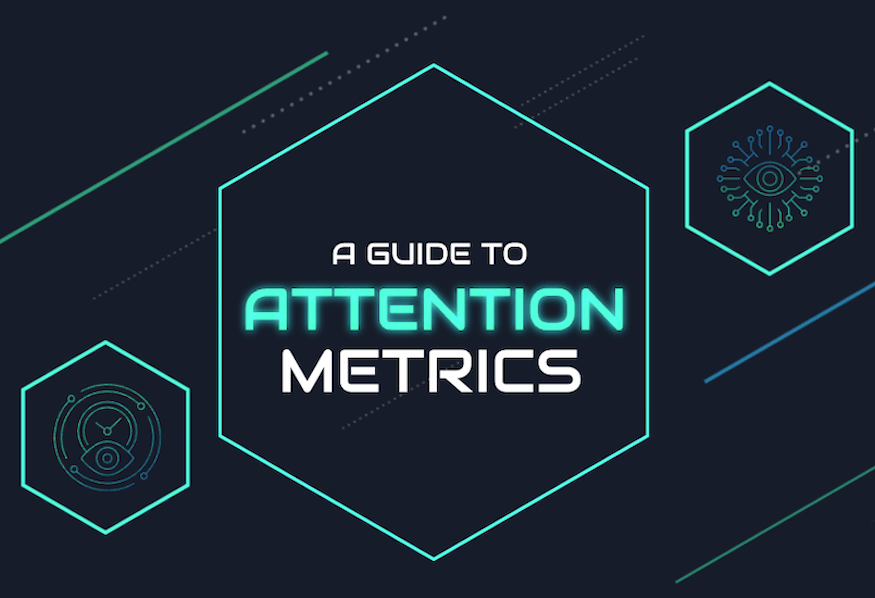What’s changed?
Schoeneman describes the research report, delivered in two parts by the London Research Group in partnership with the Xaxis and Catalyst agencies, which was based on interviews with U.S. consumers in March 2022. The first part describes changes in shopping behaviors and habits influenced by COVID-19. The second describes how brands are responding to these changes, barriers they face and further actions they need to take.
Research Point: 71% of U.S. consumers are shopping more online than they did before the pandemic and 68% are using more shopping apps and sites than ever before. Advances such as click and collect (buying online and picking up in-store), and contactless checkout are accelerating these consumer shifts and fueling more online shopping.
Schoeneman asks Schuh for his take on changes in consumer behavior, particularly as it affects the retail grocery market. (Kroger is the largest supermarket chain by revenue in the U.S. with annual sales of more than $121.1 billion, according to Fortune magazine.) Schuh describes a survey of Kroger customers that found 91% of households will do as much or more online shopping this year than they did last year. In response, Kroger is expanding its grocery pickup and delivery service and is opening automated fulfillment centers across the country.
Schoeneman and Schuh agree that, in addition to online shopping, there has been huge growth in hybrid shopping: customers are placing large eCommerce orders every week or two, then doing fill-in trips in-between to get fresh produce, fresh meat or something they might have forgotten in the online order. Schuh describes how most trips, whether in store or online, are influenced by digital advertising in some way, and so it’s important for brands to be present online, because the “digital aisle”— the shopping experience online — impacts purchases in-store.
“It’s no longer exclusively in-store, it’s not even exclusively online, it’s this really hybrid shopping experience that is incredibly digitally influenced.”
– Michael Schuh
Retail media: A merger of retail and advertising
Next Schoeneman and Schuh discuss how the changes are affecting Kroger’s organization and how they are working with retail media. Schuh sees “retail and advertising kind of coming together and changing each other for the better in so many ways.” As a result, retail media companies must have full-funnel media solutions and make advertising more consumer-centric, he says. In the grocery space — where customers need to feed their families, pack lunches and get inspired by new recipes — an advertiser can use branded content to address those needs, he adds.
He also describes the role of retail media in helping advertisers reduce wasted spend. For example, if a consumer buys an item that has a long purchase cycle, an advertiser doesn’t need to serve ads to that person for the next couple of weeks. Retail media companies can use first-person data to direct advertisers to redeploy spend to areas that will drive net new engagements and conversions.
Research points:
- More than half (58%) of companies say they invest in retail media to build awareness or extend their reach. Only two out of five (41%) say they do so to drive conversions.
- 78% of respondents agree retail media is strategically important for their company, while almost 73% have changed their operational setup to maximize the retail media opportunity.
“How do we use branded content to get in front of the right consumers that are going to inspire them, help them discover new things and ultimately drive better performance for the advertiser?”
– Schuh
Search as a single-platform journey
Schoeneman describes how the role of search engines is changing; they are no longer the default starting point for consumer journeys. Many consumers instead start searches on eCommerce or retail sites, and the shopping experience online can then be a single-platform journey.
Research Points:
- 51% of US consumers start their shopping on eCommerce or retail sites.
- Single-platform journeys are answering the needs of brands, retailers and shoppers. For Kroger, 13% of customers are using the platform for inspiration and discovery, 10% for research and comparison, 14% for actual purchase, and 11% for repeat purchases.
Schuh adds that the consumer journey is no longer linear but rather a series of short sprints, with the ability to add to an online cart from your phone while walking down the street, or from your laptop while reading a recipe. As a result there are many unique moments when brands need to be present, he says.
He also describes a difference between grocery and “high consideration categories” such as electronics or fashion, which usually involve more research. On Kroger’s website, he says, 85% of searches are unbranded, so it is critical for brands to be present, to drive not only conversion but also long-term value.
“The really important takeaway is having that brand presence and making those products available on that digital shelf for the immediate opportunity.”
– Brittny Schoeneman
Retail media and first-party data
Brittny and Schuh then shift gears to talk more specifically about retail media and how it is changing.
Research points:
- Retail media can be defined as the advertising that appears within a retailer’s properties, or that uses retailer-owned data to target prospects and customers outside of those properties
- The retail media market, which was worth $31.5 billion in 2021, is forecast to reach $50 billion in 2023. Retail media (including social media) is significantly ahead of all other channels in terms of marketing budget growth. Both channels have seen over a quarter of marketers increasing their spend by more than 10%.
Schuh describes two things that have made retailers as critically important as media companies for brands, agencies and advertisers of any kind:
- Consented first-party data based on real behavior and real signals.
- Meaningful measurement both in-flight and on the back end, matching every ad exposure to online and in store sales.
These advantages help reduce wasted spend and redeploy funds to really impactful moments and lead to important business outcomes: not CPMs or numbers of impressions, but return on ad spend (ROAS), sales, increases in lift and household penetration. Retailers have the ability to keep their customers at the center of the decisions on how brands direct their spending to make each moment most impactful for them.
Schoeneman describes how, from an agency perspective, it's great to be able to tie media investments and campaign performance to real sales and business outcomes as Schuh described and to get a real-time feedback loop and measurement that's tied to activity at a granular level.
“If it’s not good for the customer, it’s not going to be good for the advertiser.”
– Schuh
Looking ahead
Schoeneman asks what Schuh sees as the next major evolution of retail media. Schuh names three areas retailers should concentrate on:
- The customer: The opportunity to continue to make the customer experience better, more efficient and convenient for customers to do online shopping through personalized recommendations while promoting inspiration and discovery.
- What brands and advertisers need: Making it easier for brands to leverage the power of retail media’s data assets, to help them reduce wasted spend and measure what matters.
- The media ecosystem: Advances in the ecosystem that facilitate increased performance related to retail media’s first-party data. There’s also a need to create the right standards in the industry. How, for example, to better define good performance, and help advertisers invest, meet consumer needs and drive really impactful programs for their businesses?
Schoeneman wraps up the interview with a perspective from the agency side, how they are excited to see how offerings like Kroger’s continue to develop and make things easier for advertisers and clients that they support. And with so many new capabilities, partners and datasets, she will be looking for developments that help them figure out how to prioritize and where to focus. She is optimistic about the future of retail media.
Retailers are quickly becoming media companies.
– Schuh






